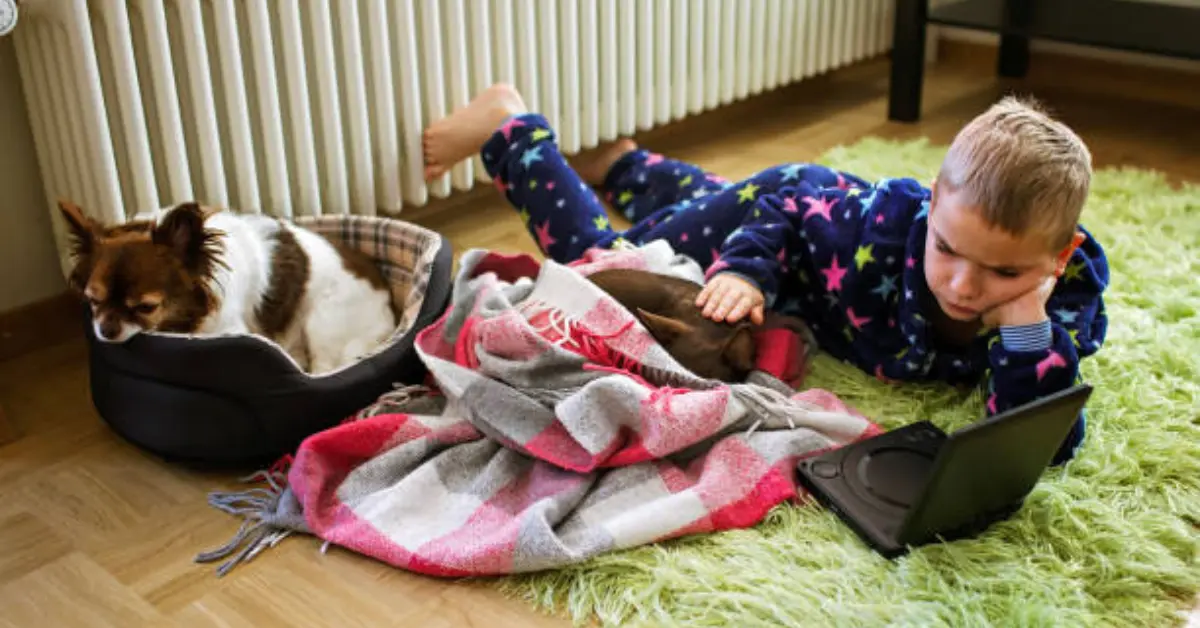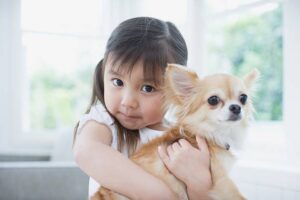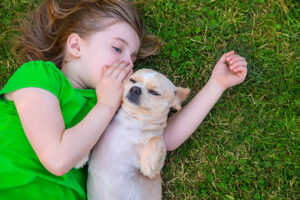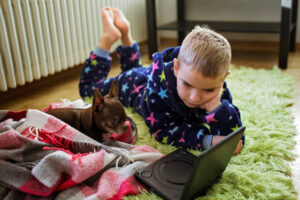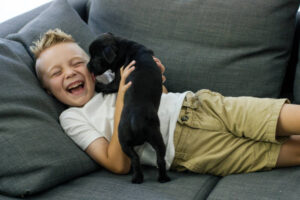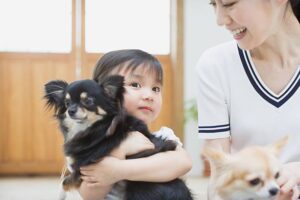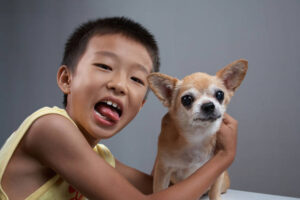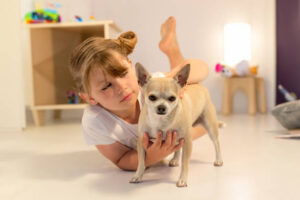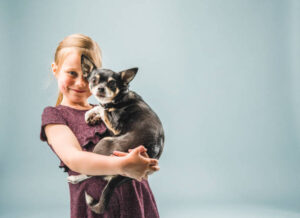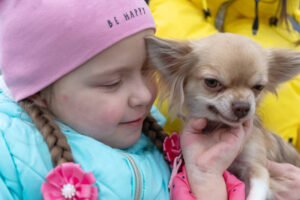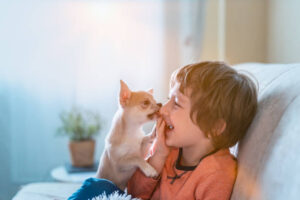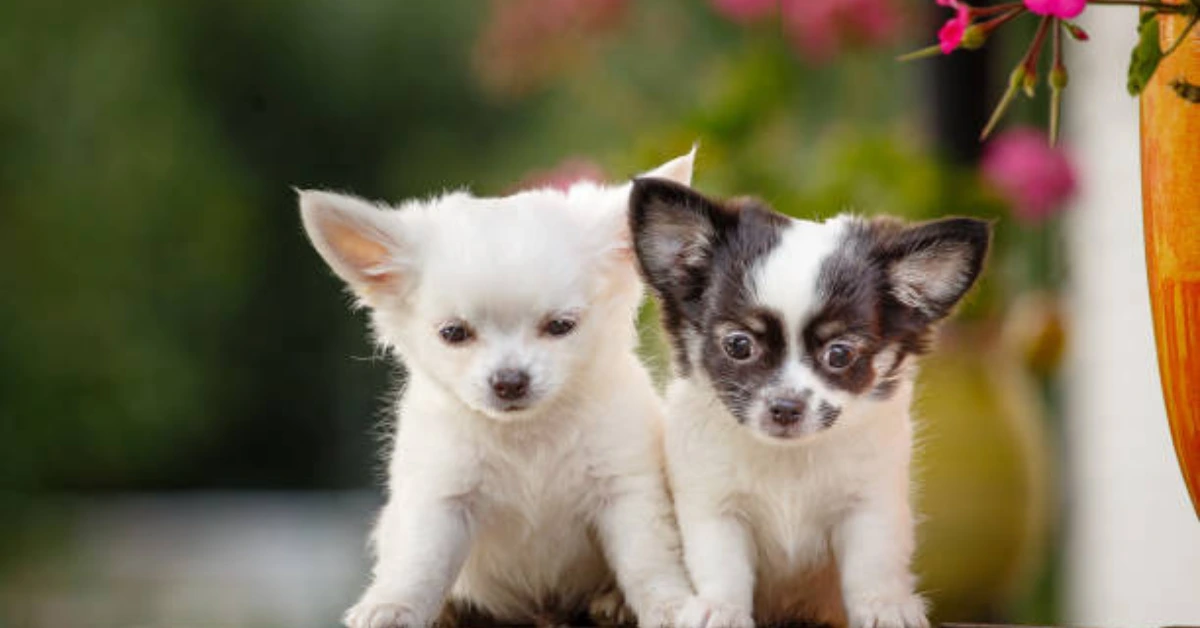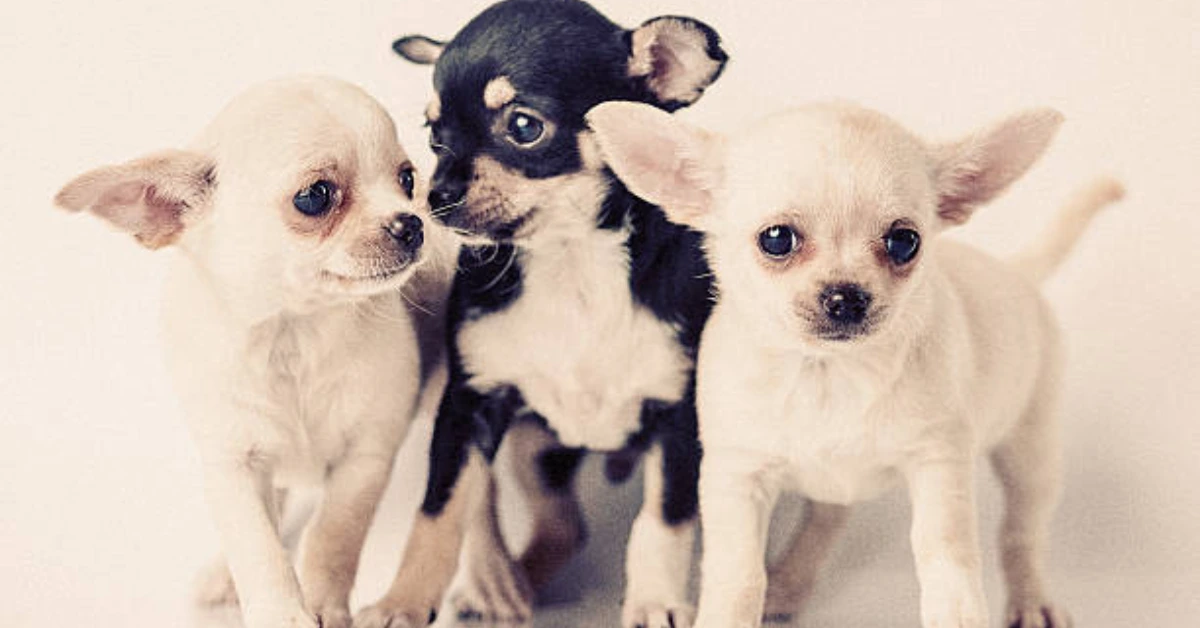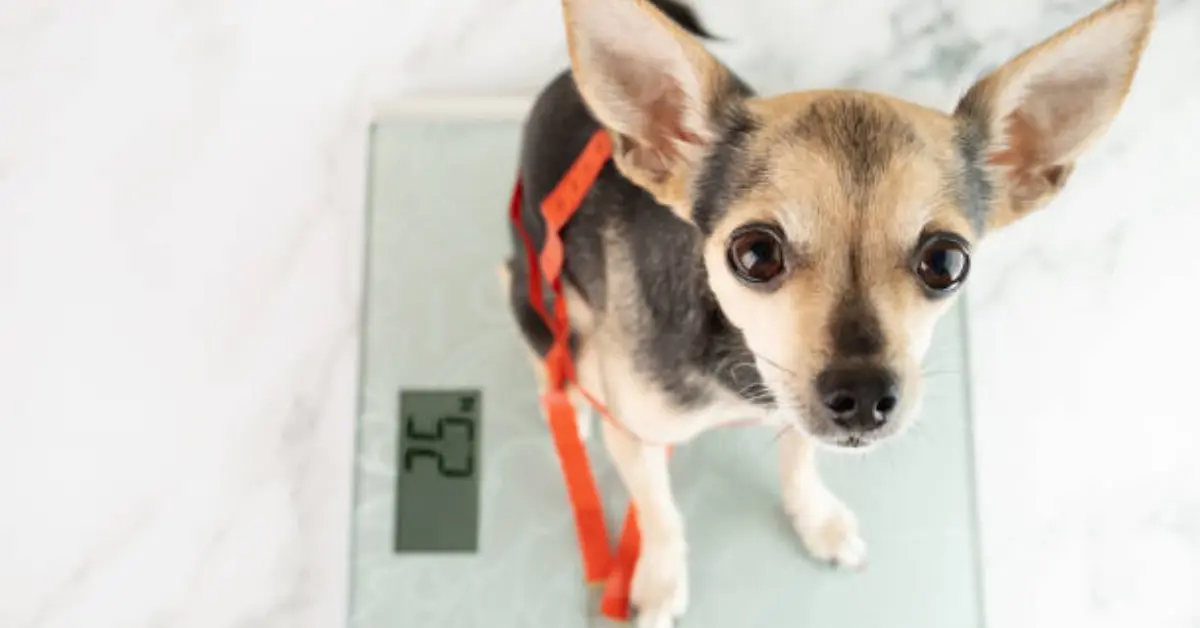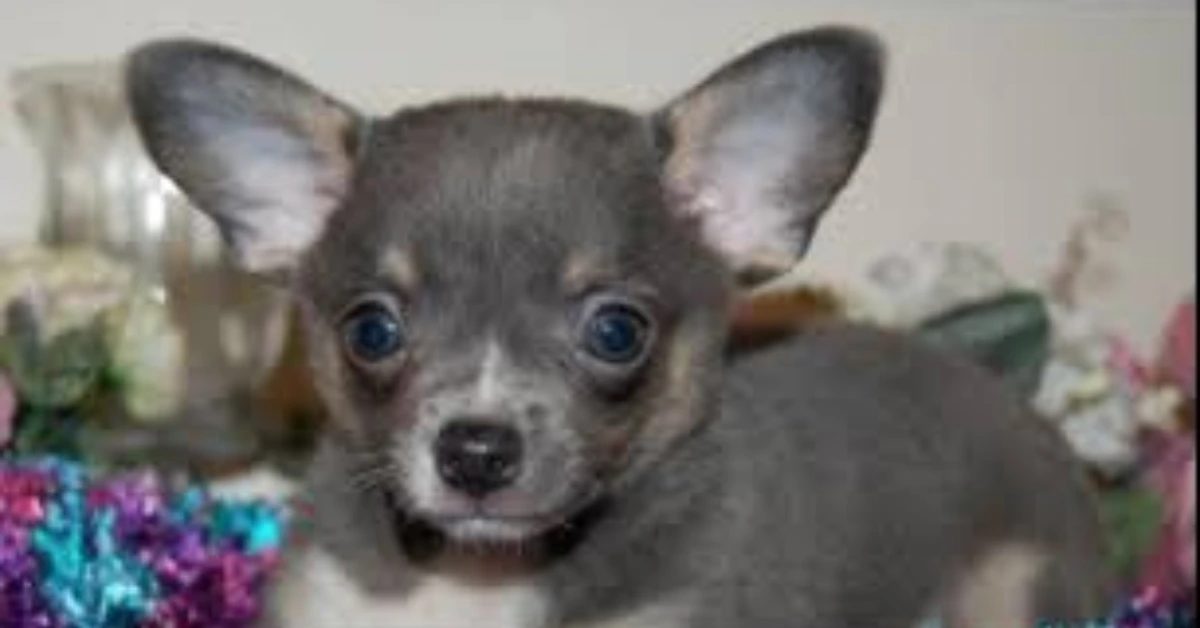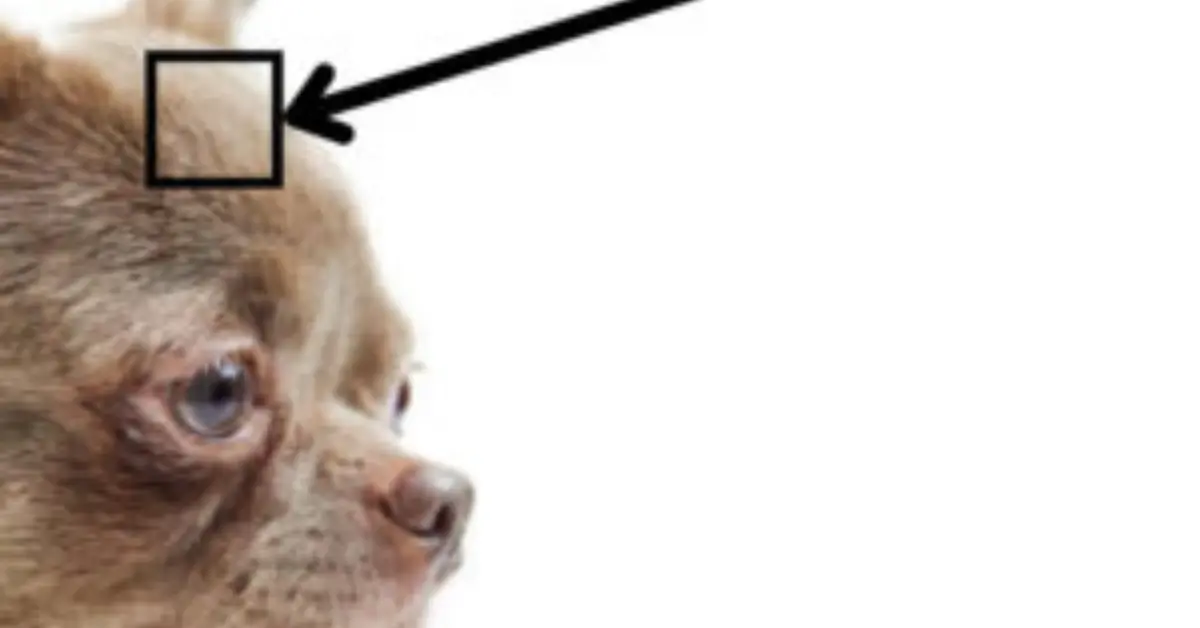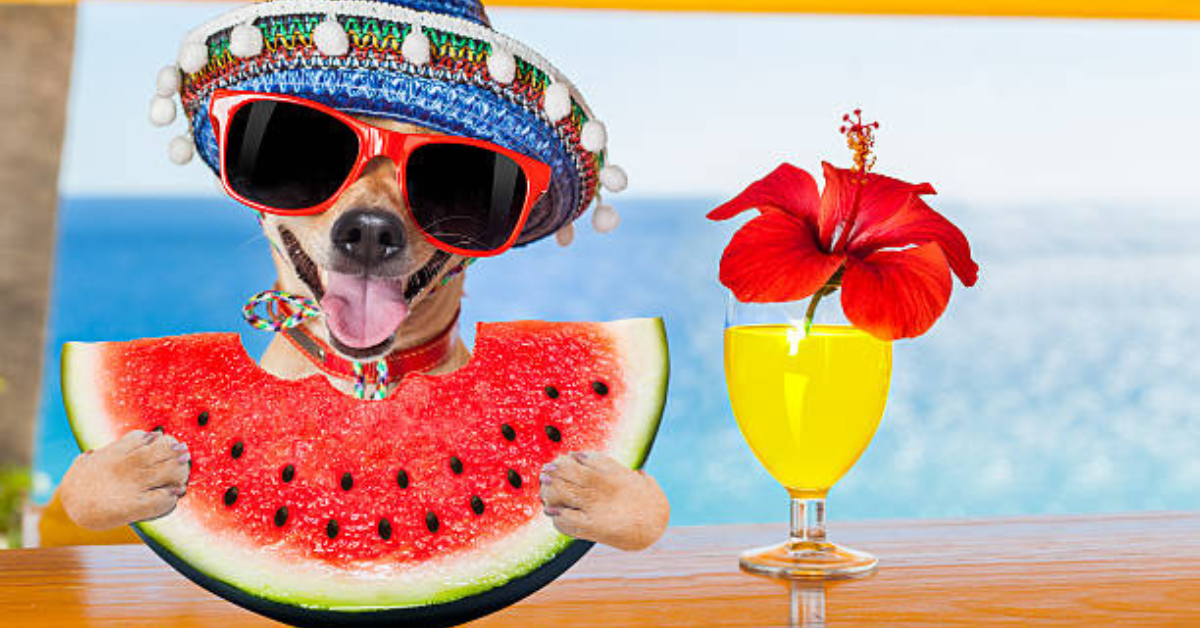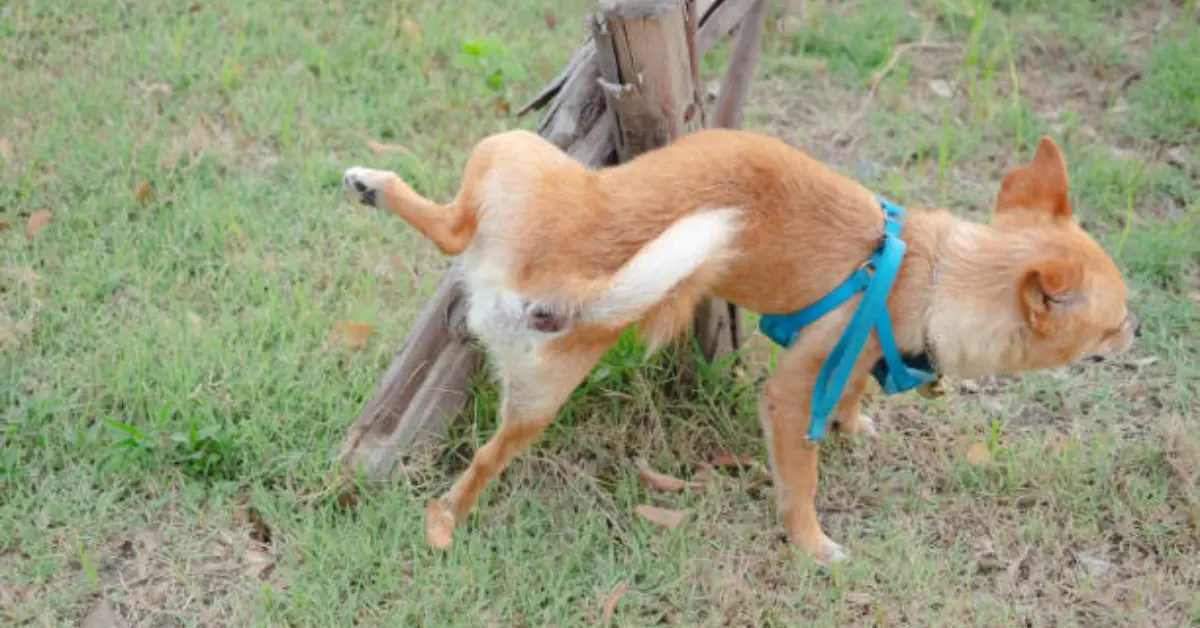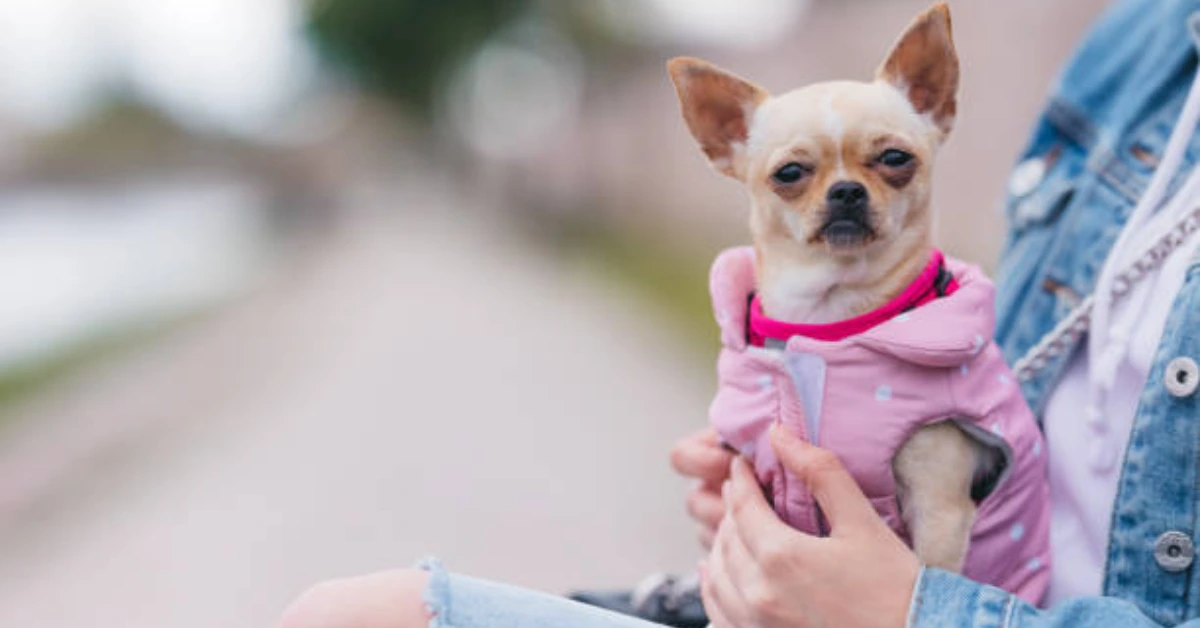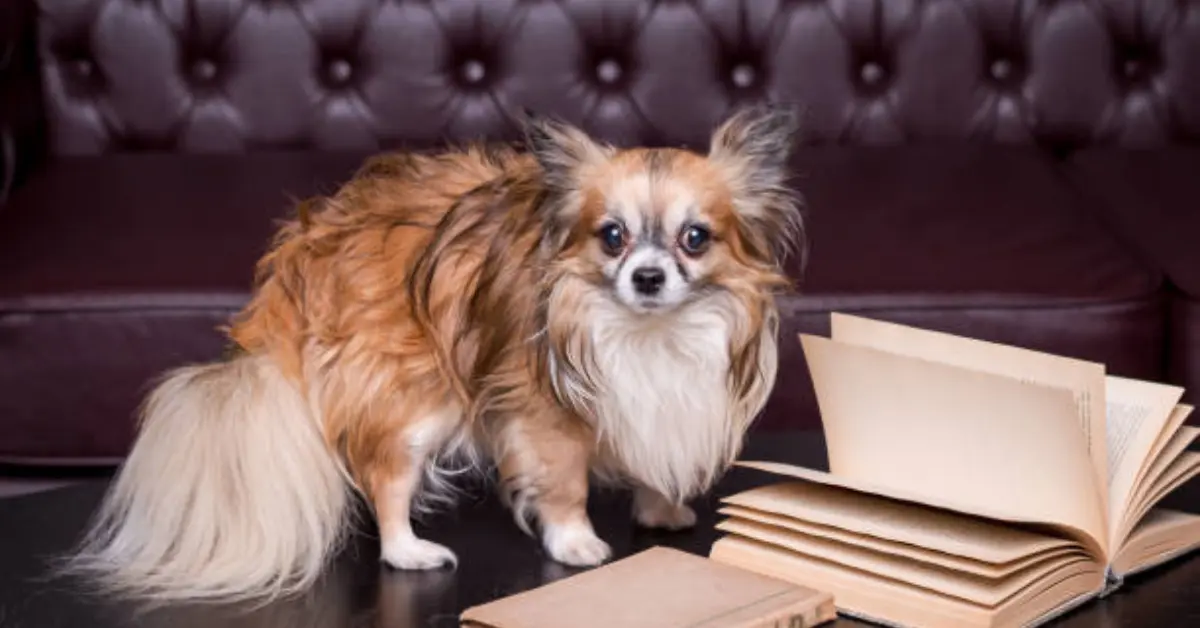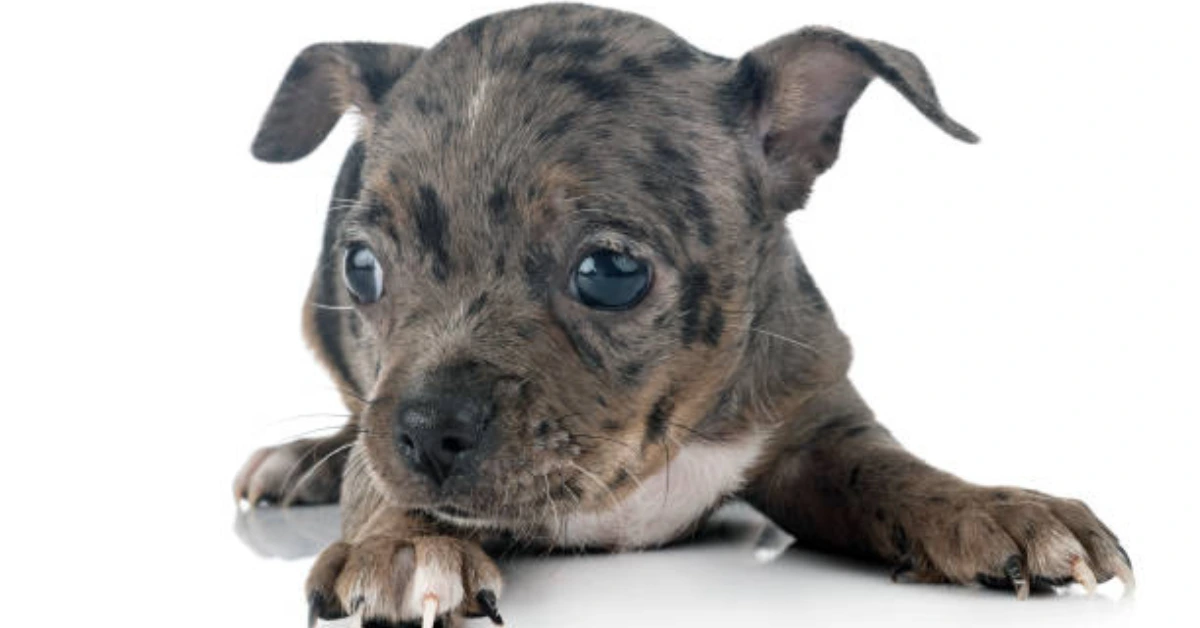Are you wondering if cute Chihuahuas and children get along? You need not search any further because we have all the answers.
Discover how age affects things, the benefits and drawbacks of owning a child and a Chihuahua, and even the most common mistakes youngsters make with these tiny dogs.
Don’t let appearances deceive you, though; while Chihuahuas and children might seem like a match made in heaven, that doesn’t always guarantee they will get along. See our informative article to learn more about the personality of Chihuahuas.
Advertisement
Are Chihuahuas good with kids?
Do you want to know if kids and chihuahuas may live together in harmony in one house? You’ll be happy to hear that the answer is unquestionably YES as long as you take the appropriate safety measures and training!
However, be advised that a Chihuahua might not be the ideal pet for your home if you’re not willing to invest the necessary time and energy in training.
Chihuahuas get along well with children older than ten
Not every dog breed is suitable for children, so bear that in mind if you’re considering bringing a dog into your home.
Chihuahuas are adorable and loving, but if you have little children at home, they might not be the best breed for you. Because of their small stature and propensity for snapping at children, chihuahuas are susceptible to injuries from physical play.
But, if your kids are mature enough (about ten years old and up), a Chihuahua might make a wonderful addition to your home—that is, provided they treat your dog with kindness and respect.
Teach your Chihuahua to interact with kids
It can be a satisfying experience to train your Chihuahua to feel at ease in your presence. Puppies are the easiest to teach, and you may acclimate them to each other by holding them in your arms.
But if your Chihuahua is an adult, you’ll need to be patient. Start by letting your child pet your Chihuahua and giving them both praise when they are getting along well. However, keep an eye out for warning indicators such as snarling or snapping, and be sure to take the Chihuahua away from the youngster if required.
Additionally, remember to provide your puppy with a chew toy to satisfy their innate want to chew. Your youngster can develop a close friendship with your Chihuahua with some persistence and positive reinforcement.
Puppies
You can let your youngster handle your Chihuahua when it’s still a puppy because there’s no chance of harm coming from them. Just keep an eye on them to make sure everything is safe and that your child and the puppy are being kind to each other. They will grow acclimated to one another the more they engage.
How to deal with a puppy bite
It can be difficult to teach your Chihuahua puppy not to bite, but it’s crucial to establish limits from an early age. Don’t ignore your animal companion nipping at your kid; a clear “NO” will help teach them that biting is unacceptable.
During the teething stage, it may be tempting to let your puppy gnaw on your fingers but be warned that this might lead to harmful behaviors that will be difficult to break later. You can ensure a lifetime of love and loyalty for your Chihuahua by rewarding good behavior from the beginning.
Keep an eye on them
A safe and contented home depends on you closely monitoring your Chihuahua’s behavior around your child.
It’s critical to let them know that aggressive behavior, such as snarling or flashing their fangs, is unacceptable.
All family members can live in harmony if this conduct is corrected with a strong “NO” and a timeout in their crate.
Your Chihuahua needs to stay tranquil
Make sure that your Chihuahua and child get along well to maintain harmony in the family. To accomplish this, it’s critical to ensure that your Chihuahua remains composed and at ease when your child is around.
Naturally, this requires work on your part, so take the initiative and set up a secure environment for your child and your Chihuahua. If your Chihuahua starts acting out or displaying aggressive behavior, it is your responsibility to discipline them.
Don’t worry, you can maintain order by simply saying “NO” with firmness.
Your Child Should Learn How to Socialize with Chihuahuas
When your youngster is in the same room as your Chihuahua, make sure to keep a close check on them. It’s crucial to teach your child how to treat your Chihuahua with gentleness.
Teach them to hold or pet your Chi while moving gently and serenely. Use a soothing tone of voice and a memorable phrase, such as “Be gentle.”
Repetition is essential when teaching these crucial lessons to your child until you are certain that they know how to behave around your Chihuahua.
Begin with a light touch
Present your kids to the cute Chihuahua puppy and show them how to pet and soothe him gently while speaking in a calming tone.
The proper technique is to apply gentle, gradual strokes from the neck down the Chihuahua’s back. Say ‘no’ and demonstrate the proper behavior to your child if they start being a little too harsh.
Teach them the proper way to handle the Chihuahua
Watch out, parents! For delicate Chihuahuas, a tiny child’s harmless caressing can have unanticipated effects.
To prevent any paw-sible damage, make sure your child approaches slowly and gently. Recall that even tiny dogs need a lot of care!
Constant Supervision
It is imperative that you closely monitor your child when they are in the presence of a Chihuahua. However, if you give them some time to get to know one another, they may develop a unique friendship.
After your youngster has gained your trust, you can allow them to hold your Chihuahua by themselves. Just keep in mind that getting there can require some perseverance and patience.
What to avoid
Your Chihuahua will benefit from having a calm and caring atmosphere, and it will also offer a good example for your youngster.
Instead of using physical punishment, you can teach your Chihuahua the value of compassion and decency by approaching them gently. Plus, research indicates that using physical punishment might impede cooperation and training, so it makes sense to choose a gentler method instead.
Last Word
The good news is that little toddlers and Chihuahuas can live together in a house without risk. Yes, you will need to spend some time training your kid how to behave around the Chihuahua as well as the dog. But you can make a secure and healthy home that everyone can enjoy if you have perseverance, devotion, and patience!
Please use the comment section at the bottom of the page to share your thoughts, questions, or concerns on raising young children around Chihuahuas. We value the opinions shared by other owners, and we appreciate hearing from them.
YOU MAY ALSO LIKE:
How to Socialize Your Chihuahua Puppy
Are Chihuahuas Good With Cats?
Advertisement

